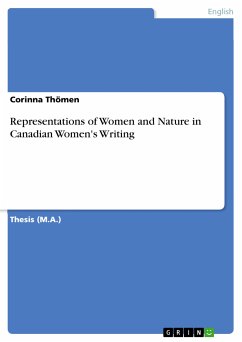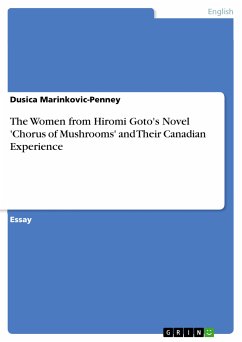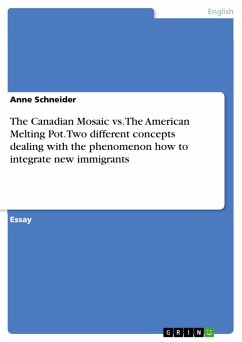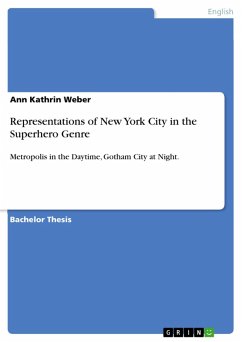Thesis (M.A.) from the year 2008 in the subject American Studies - Literature, grade: 1,3, Ernst Moritz Arndt University of Greifswald (Institut für Anglistik/Amerikanistik), language: English, abstract: Canada has always been associated with its landscape, with a vast and inviolate nature, including prairies, forests with innumerable lakes, idyllic mountain ranges and the Arctic barrens in the far north. With an area of almost 10 million square kilometers, Canada is the second largest country in the world, but with only 31 million people living there and a population density of 3,2 inhabitants per square kilometer, it is also the less populated.1 The theme of nature and wilderness has also been reflected throughout Canadian literary tradition. As Canadian author Aritha van Herk notes, "[t]he impact of landscape on artist and artist on landscape is unavoidable" (1992, 139). Adopting the northern concepts of early explorers and settlers, most literature about the Canadian wilderness has been written by male authors. For a long time, the Canadian North served as background for historical romances and adventure stories. The response to the landscape was often very negative, the wilderness was described as being hostile and dangerous. Parallel to that image, the landscape was portrayed in female terms, as being innocent, inviolate and beautiful - the Canadian North appeared as a femme fatale. Especially in its beginnings, Canadian literature was strongly influenced by its American and British predecessors and the early writers reinforced the myth of the Canadian North. In the early twentieth century, the North was mainly a place of retreat for the fictive heroes of the South who went from the city to the wilderness to find themselves. One of the most famous texts of this time is Frederick Philip Grove's autobiography In Search of Myself (1946). His journey to the North became a synonym for the search of the own self.
Dieser Download kann aus rechtlichen Gründen nur mit Rechnungsadresse in A, B, BG, CY, CZ, D, DK, EW, E, FIN, F, GR, HR, H, IRL, I, LT, L, LR, M, NL, PL, P, R, S, SLO, SK ausgeliefert werden.









